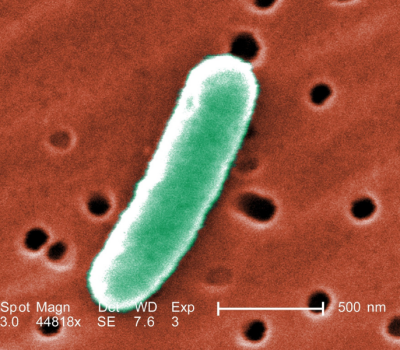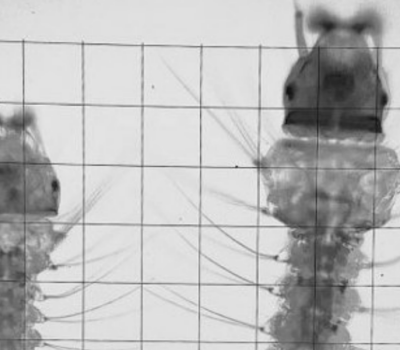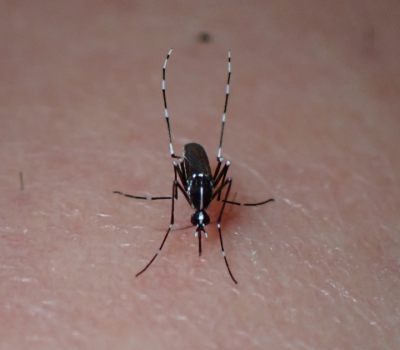Antibiotic guidelines for food might underestimate resistance risks

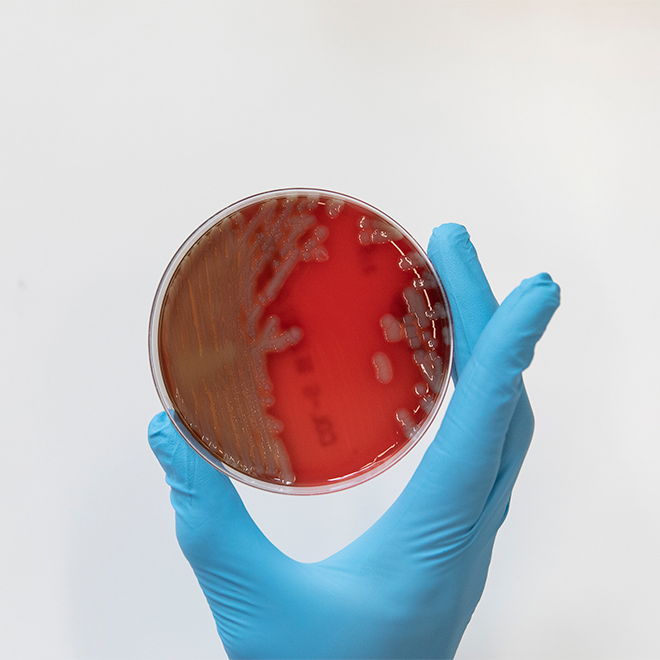
Even tiny traces of antibiotics in the meat and fish we eat could contribute to antibiotic resistance, according to research by ITM. Using wax moth larvae as an initial model, the researchers found that even just a tenth of the ‘safe’ amount of antibiotics can trigger resistance, rendering infections untreatable. Now, they are expanding their research to mice and humans.
A prior ITM study discovered antibiotic-resistant bacteria in the mouths of Belgian who hadn’t taken antibiotics in decades. Concerns arose that even tiny amounts of antibiotics in our food could lead to resistance. This is especially troubling for bacteria like Klebsiella pneumonia, which causes severe infections like pneumonia and is becoming increasingly resistant to treatment.
Regulators like the European Medicines Association (EMA), the World Health Organisation (WHO) and the Food and Agriculture Organisation (FAO) of the United Nations have set limits on the amount of antibiotics permitted in food. These limits are in place to protect the beneficial bacteria in our bodies. However, a new study by ITM shows that even antibiotic concentrations a thousand times lower than these limits can lead to antibiotic-resistant bacteria.
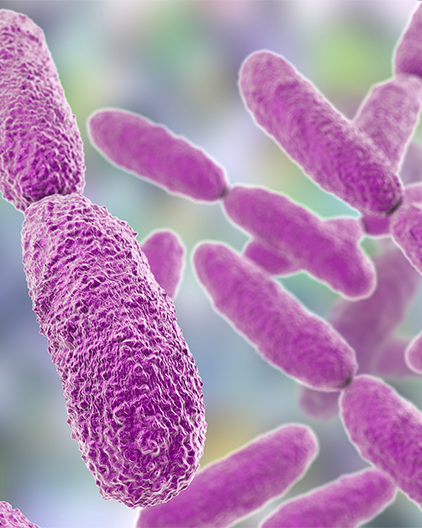
Tiny larvae, big problem
To understand how antibiotic concentrations affect resistance, the researchers used wax moth larvae. These larvae are a popular model for studying bacterial infections because their responses often correlate closely with those in humans. Typically, scientist first test substances in wax moths, then in mice, and finally in humans. This progression helps bridge the gap between lab experiments and real-world applications, as living organisms can respond differently compared to lab dishes or test tubes.
Surprisingly, the researchers discovered that even a tiny fraction, just one tenth, of the ‘safe’ amount of ciprofloxacin, a common antibiotic for pigs and cows, could promote bacterial resistance in the larvae. This finding is alarming, as it suggests that such low doses can make infections difficult, if not impossible, to treat.
The bacteria fed to the wax moth larvae are common culprits in humans and animals, responsible for serious infections like pneumonia. These bacteria are among the top contenders for developing resistance to treatments, posing a significant global health threat. Furthermore, the researchers found that even a single dose of the ‘acceptable’ daily amount of the antibiotic erythromycin in food can lead to resistance in Streptococcus pneumoniae, the bacterium behind pneumonia. This means that what we consider safe levels of antibiotics in our food might be contributing to the rise of superbugs.
Public health implications
“Investigations are ongoing to determine if ‘acceptable’ doses of antibiotics cause similar resistance in mice and humans,” says ITM Professor Chris Kenyon. “If this is the case, then imagine the effect of the worldwide consumption of these doses repeatedly over the course of lifetimes. It could contribute to the accelerating rates of resistance that we are witnessing,” stresses Kenyon.
This research challenges current standards for antibiotic use in food production and calls for a re-evaluation to prevent the rise of untreatable bacterial strains.
References
Laumen, J.G.E., Van Dijck, C., Abdellati, S. et al. Antimicrobial susceptibility of commensal Neisseria in a general population and men who have sex with men in Belgium. Sci Rep 12, 9 (2022).
Gestels Z, Baranchyk Y, Van den Bossche D, Laumen J, Abdellati S, Britto Xavier B, Manoharan-Basil SS, Kenyon C. Could traces of fluoroquinolones in food induce ciprofloxacin resistance in Escherichia coli and Klebsiella pneumoniae? An in vivo study in Galleria mellonella with important implications for maximum residue limits in food. Microbiology Spectrum. 2024 Apr 30:e03595-23.
Baranchyk Yuliia, Zina Gestels, Dorien Van Den Bossche, et al. Effect of erythromycin residuals in food on the development of resistance in Streptococcus pneumoniae: an in vivo study in Galleria mellonella. PeerJ. 2024.
Research themes

Antimicrobial Resistance
Read moreSpread the word! Share this story on



